Have you ever been misunderstood? Or have you ever misunderstood someone else, when they felt they were being perfectly clear? Effective communication is defined by the receiver understanding exactly the message that the sender intends to send. No surprise that there are endless ways in which communication can be less than perfect. Let’s take a look at the barriers, obstacles, pitfalls and other things that stand in the way of understanding…
Physical & physiological barriers
Distance, background noise, interruptions… anything about the physical surroundings or situation in which you are communicating can cause difficulties. If you’re not sure what you’re heard, you can’t be sure you’ve understood correctly. Modern technology often helps overcome physical barriers – for example, video conferencing platforms help us handle a rise in home/distance working, allowing us to see (and interpret) non-verbal communication cues such as facial expression, posture and body language even though we might be geographically distant… Still, most people would agree that the ideal communication environment is face to face, free of distractions.
Another factor can be physical disability – hearing or speech difficulties for the sender or receiver can require a degree more care in crafting and interpreting messages.
Psychological barriers
Aside from the communication environment and the clarity of the words used, the psychological state of the communicators has a significant impact on the quality of communication.
Feelings or emotional states such as stress, anger or anxiety can influence the words we choose to use and our tone of voice when communicating. Likewise, as a receiver, such states can make a difference to our interpretation. This can be especially when communication is in writing and the visual and tonal ‘clues’ are absent, leaving us to intuit what the sender means.
Systemic barriers
This is the bigger picture, the organisational and social structures which form the broader context for the communication. Systems of class, organisational role and responsibility, race, sexuality and other social factors affect how we view each other. Our preconceived notions and perspectives influence issues such as respect and credibility and can even lead to us hearing things that weren’t said, or ignoring things that were.
Examples can include taboo topics (the embedded desire not to talk about ‘it’ affects communication) and personal or institutionalised prejudice (if someone sees you as ‘less than’ in some way, they talk to you differently to how they would a perceived ‘equal’). Systemic barriers to communication can be entirely unconscious in their effect – e.g. a lack of awareness of cultural differences may not be deliberate but that lack of knowledge can lead to communication at cross purposes.
Language & delivery barriers
Put simply, communication is more effective if sender and receiver are speaking the same language; if not… This doesn’t have to be a difference in ‘national’ language; the most common misunderstandings come from the unnecessary use of jargon or technical terminology.
Then there’s the need for clarity in the use of language. Poor grammar or spelling can lead to misunderstandings. Likewise poor sentence structure or a lack of logic or coherence.
Overcoming the barriers
Clear and effective communication depends – at least in part – on being aware of these barriers and knowing how to get past them. As a receiver, paying close attention as a listener is a good start. As a sender, it’s knowing exactly what you want to convey and choosing the most effective manner to do so… and that will largely be driven by the needs of the receiver, your audience.
For more on overcoming barriers to communication, check out our communication skills training programme or give us a call on 01582 463 460; we’re here to help.











